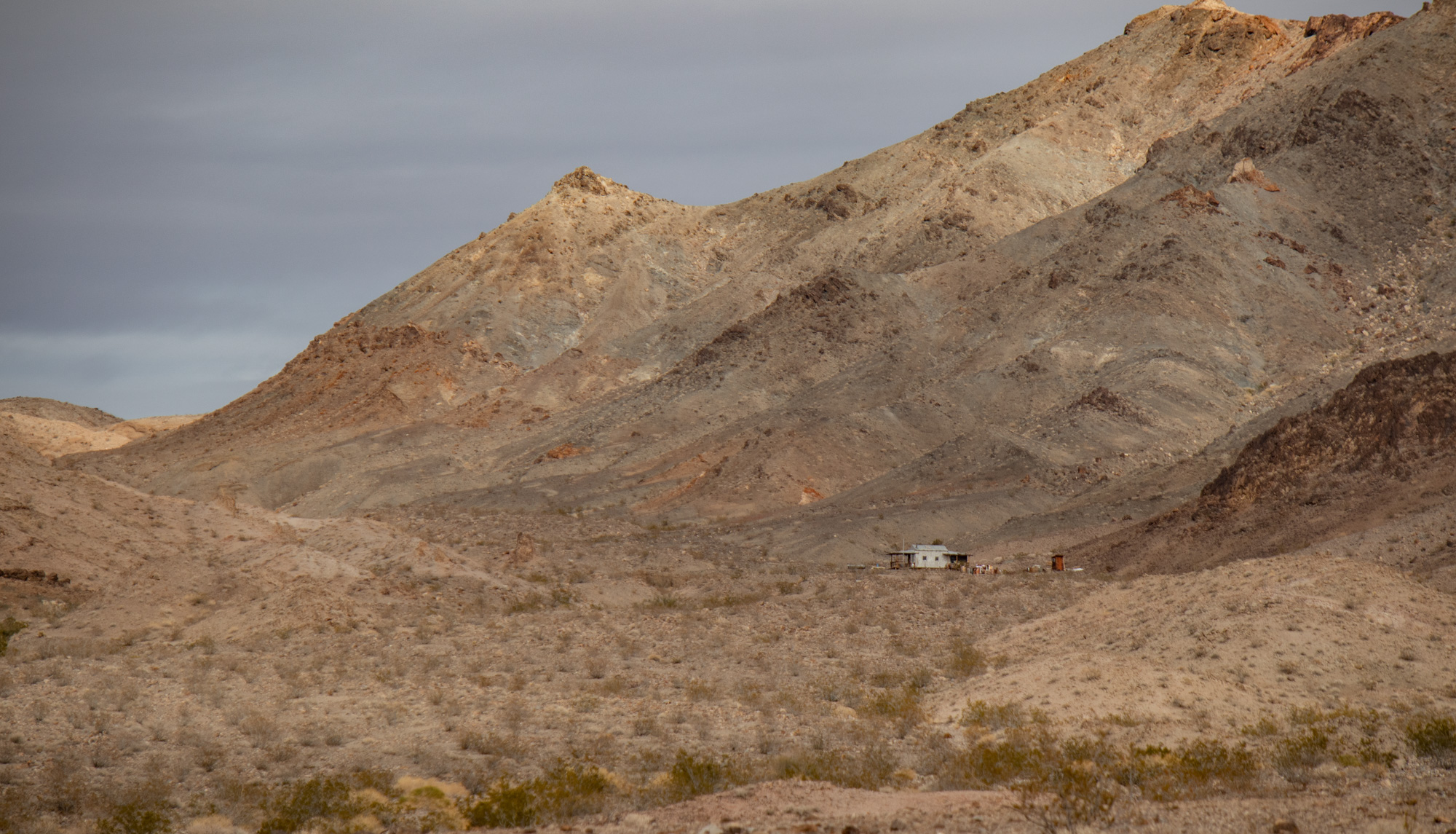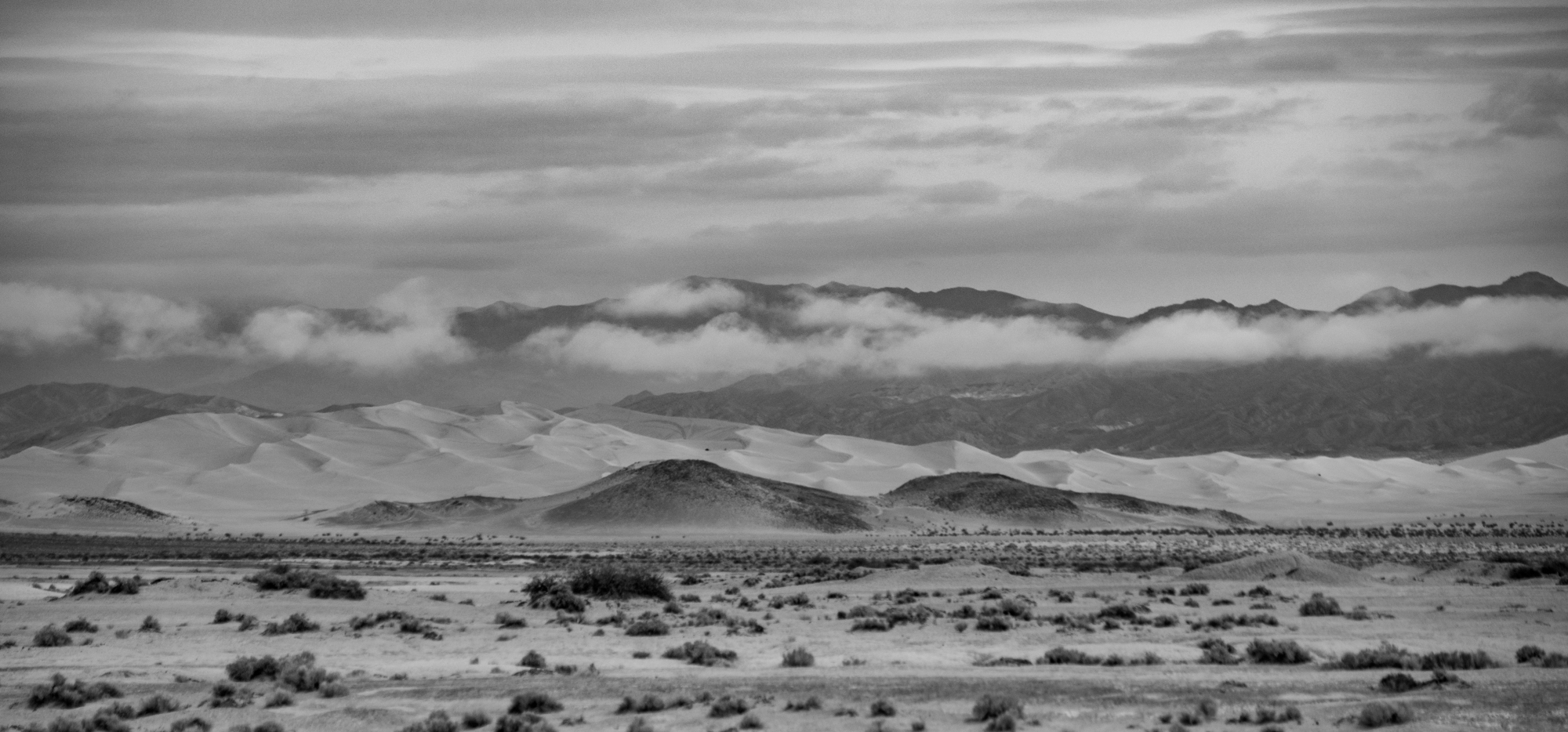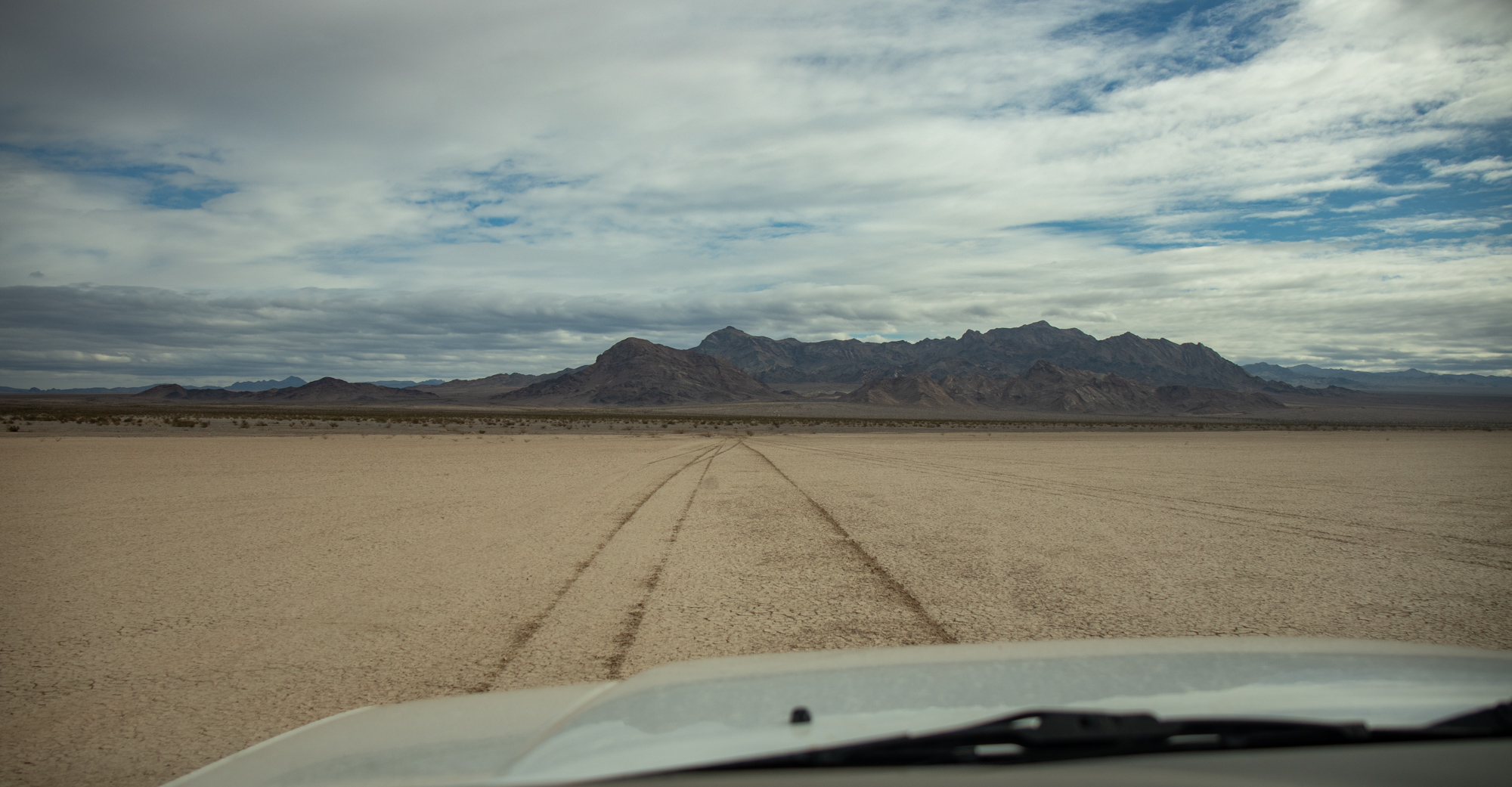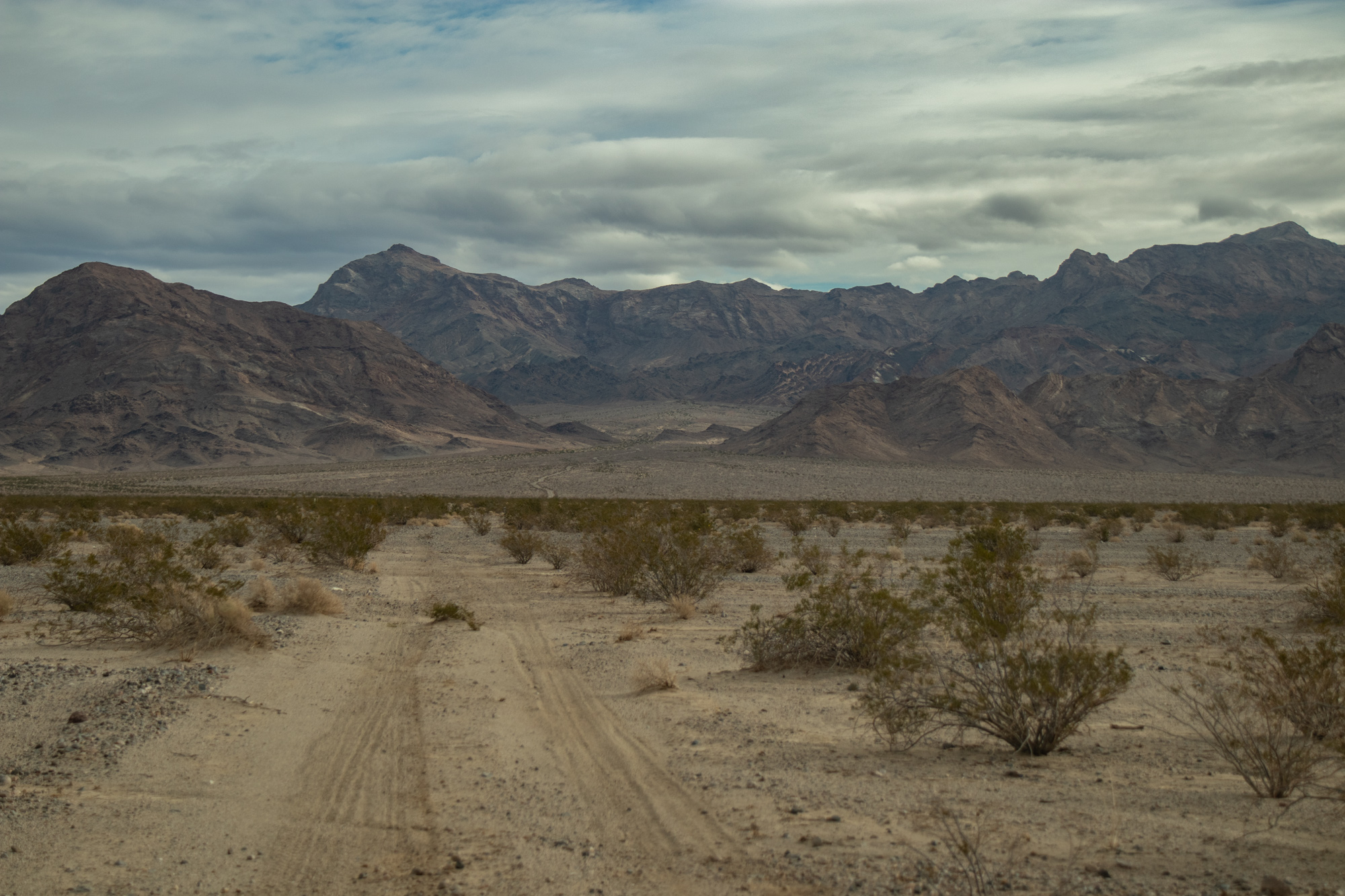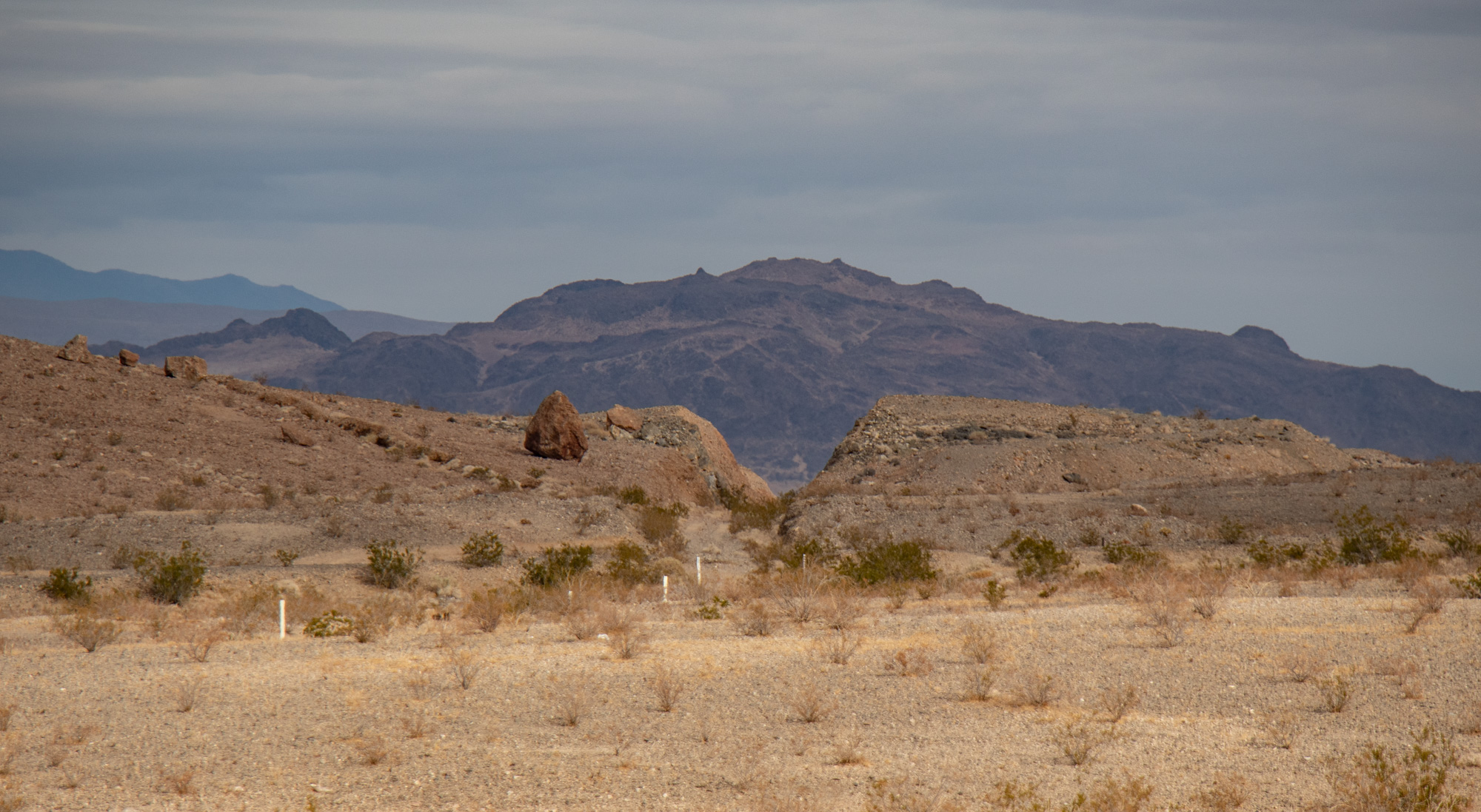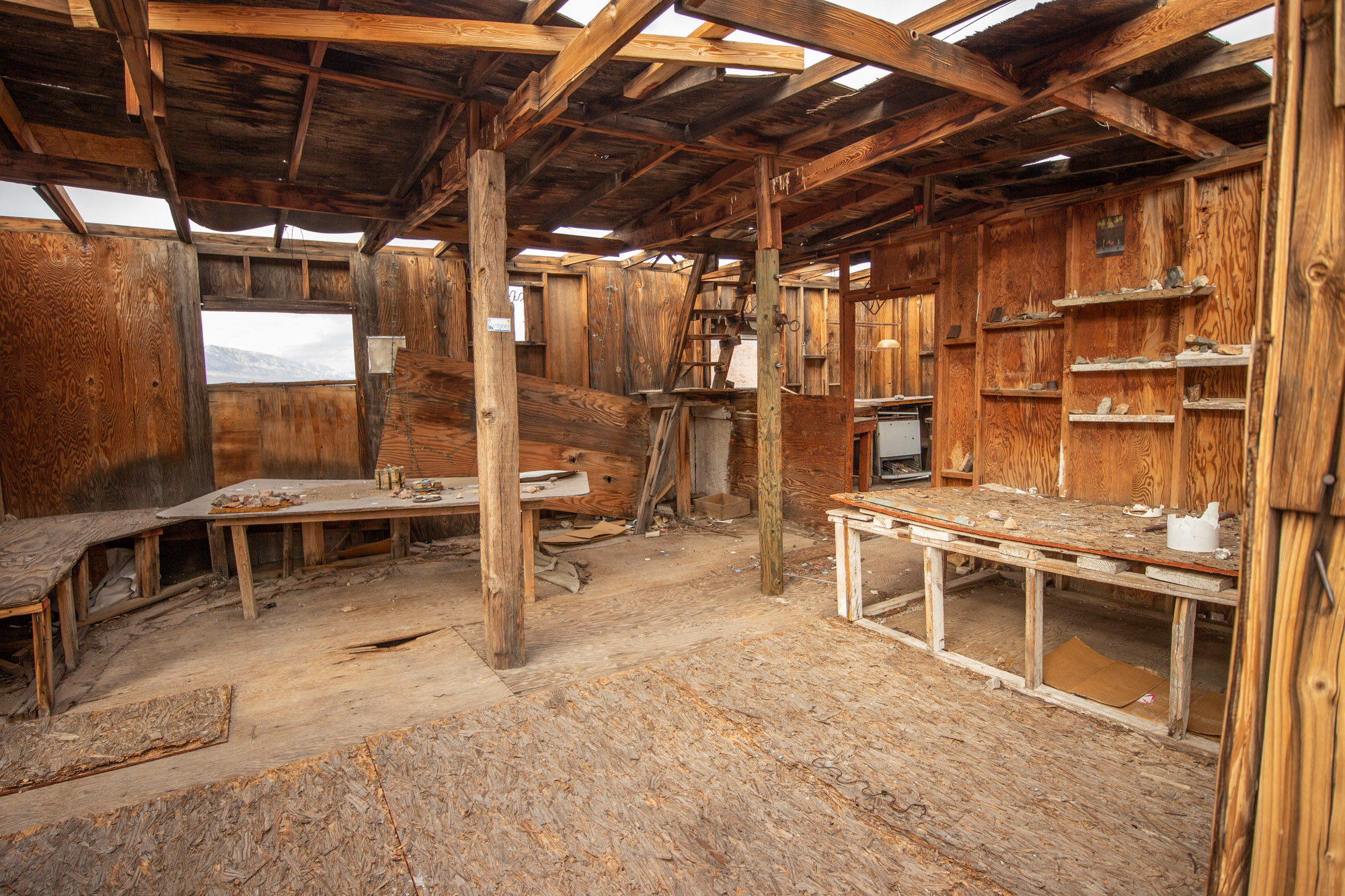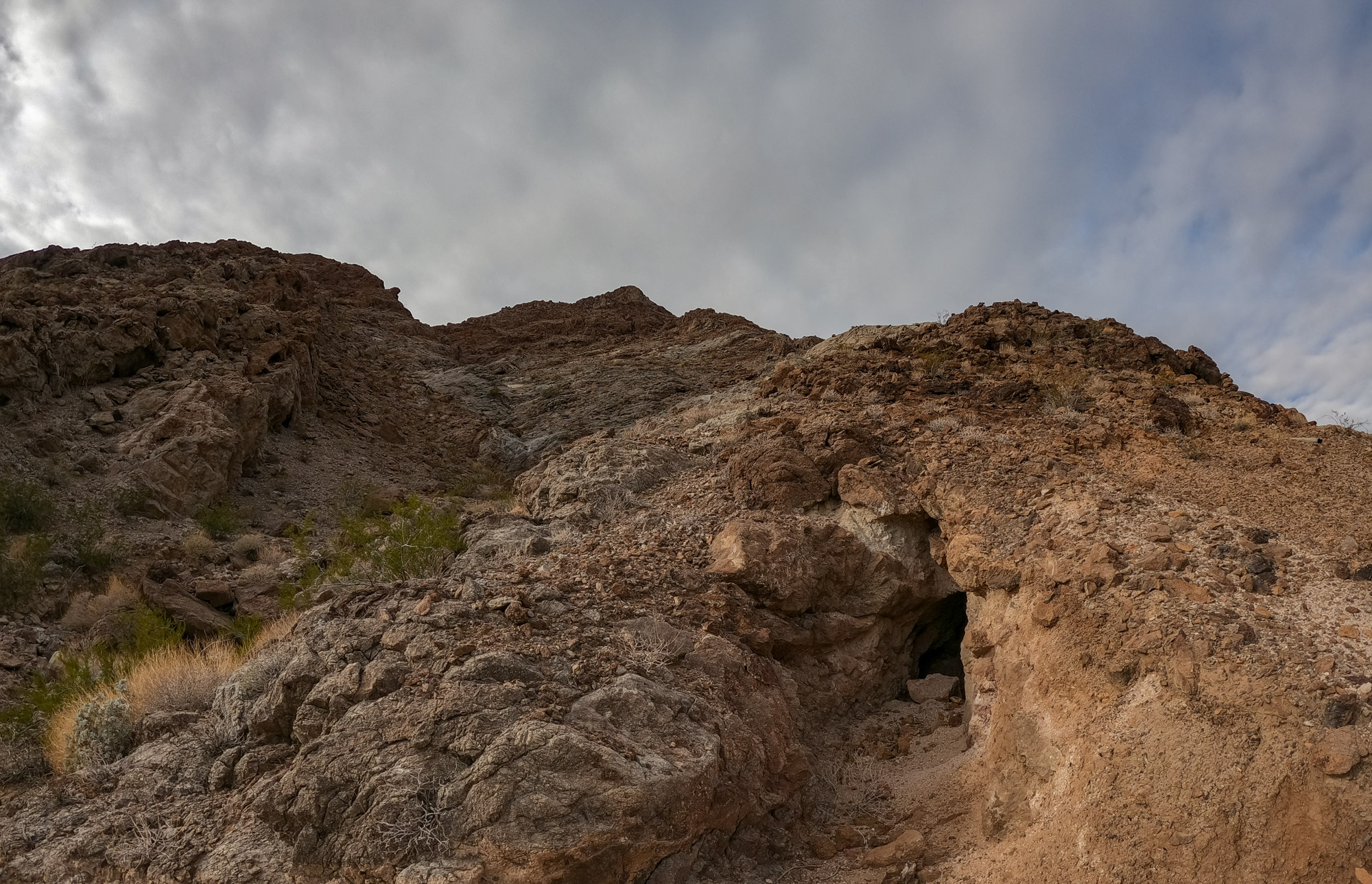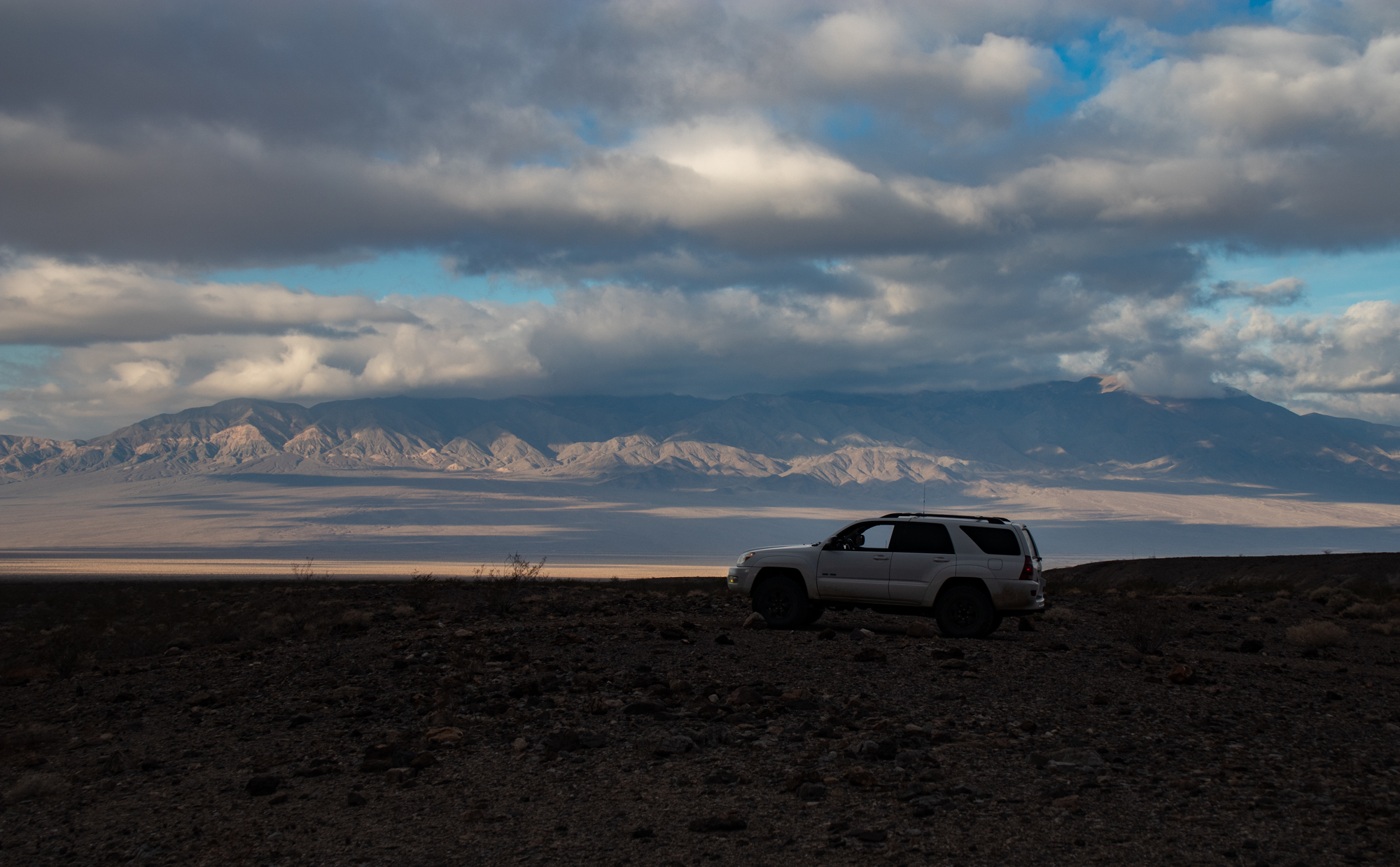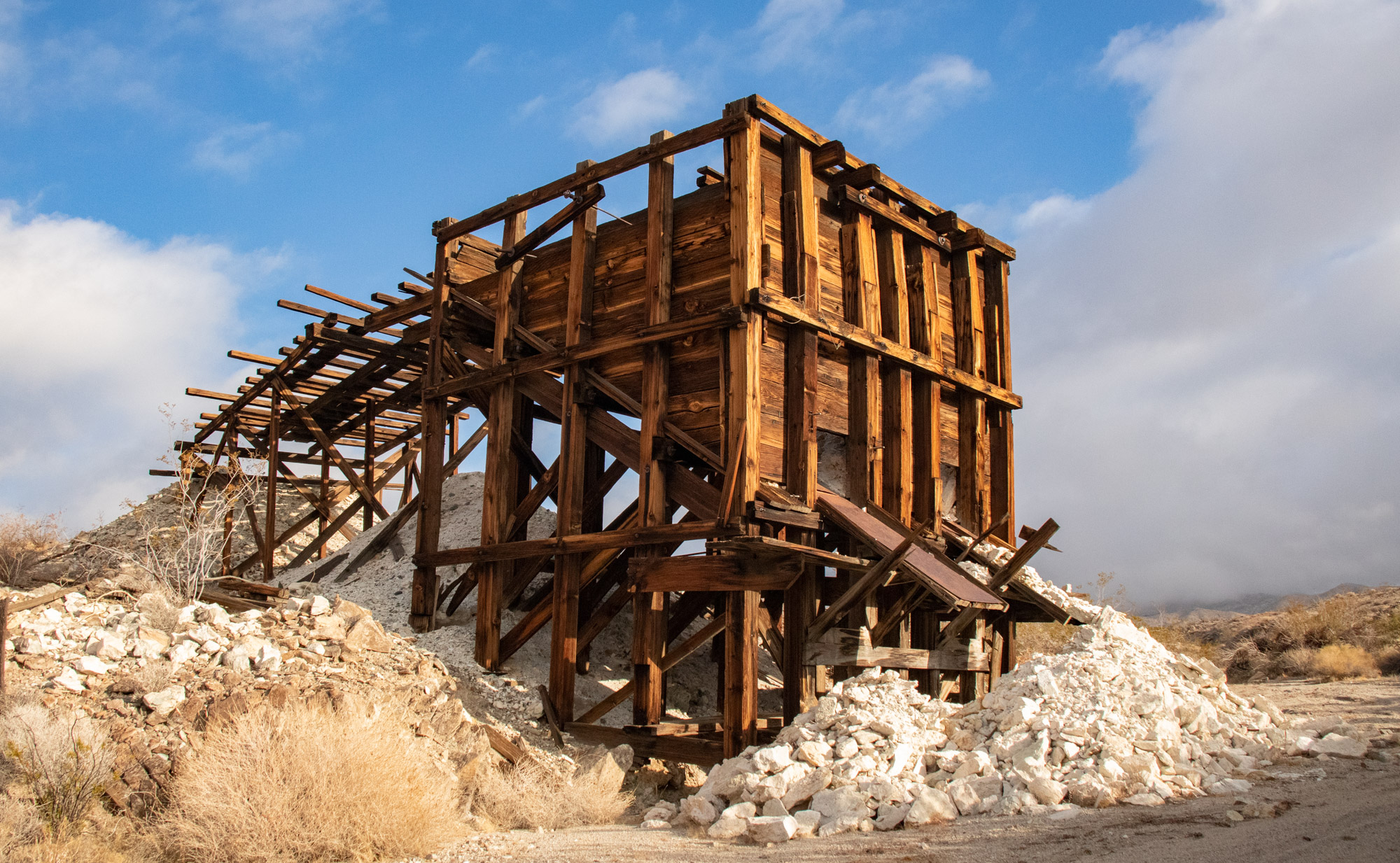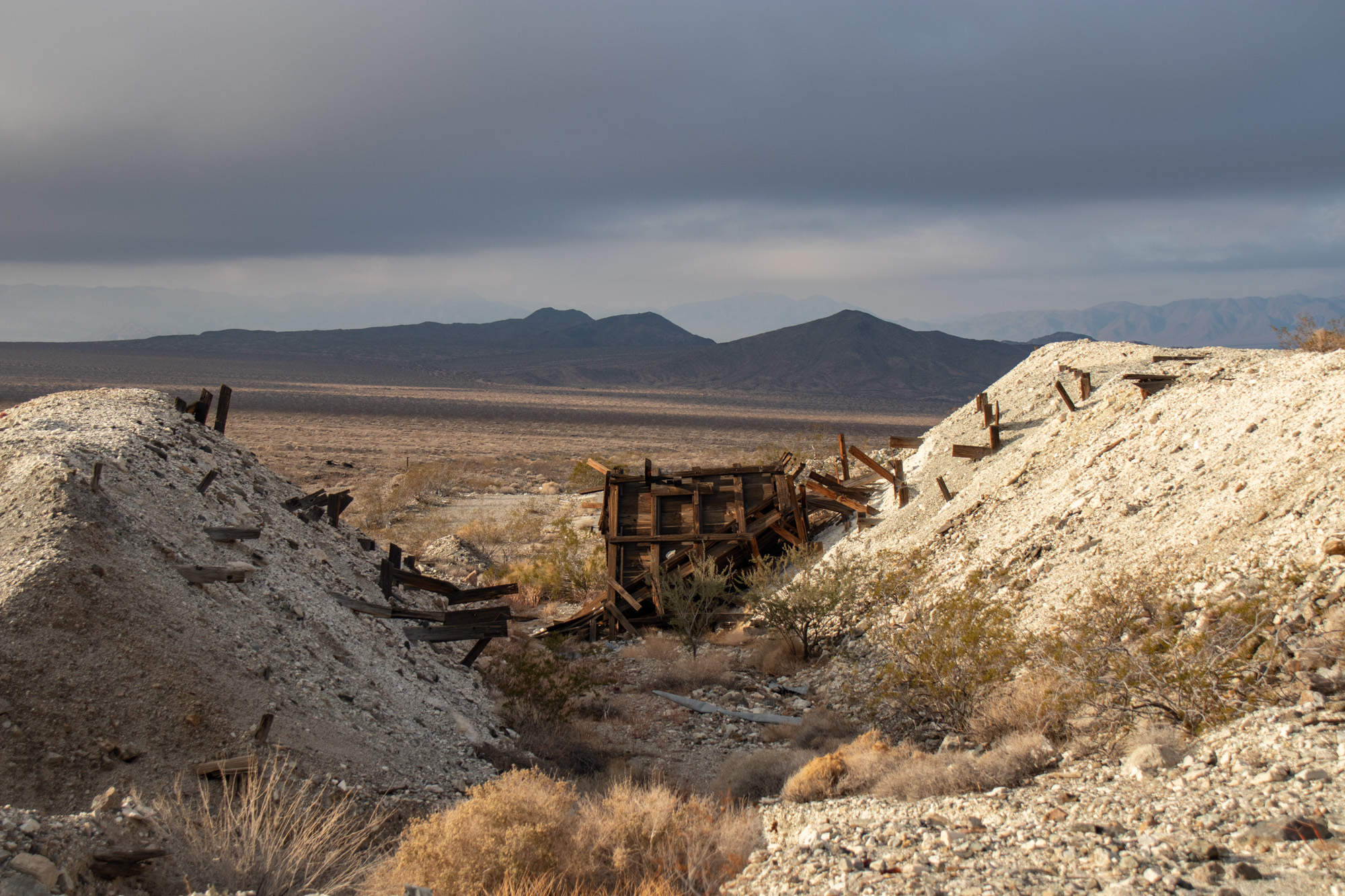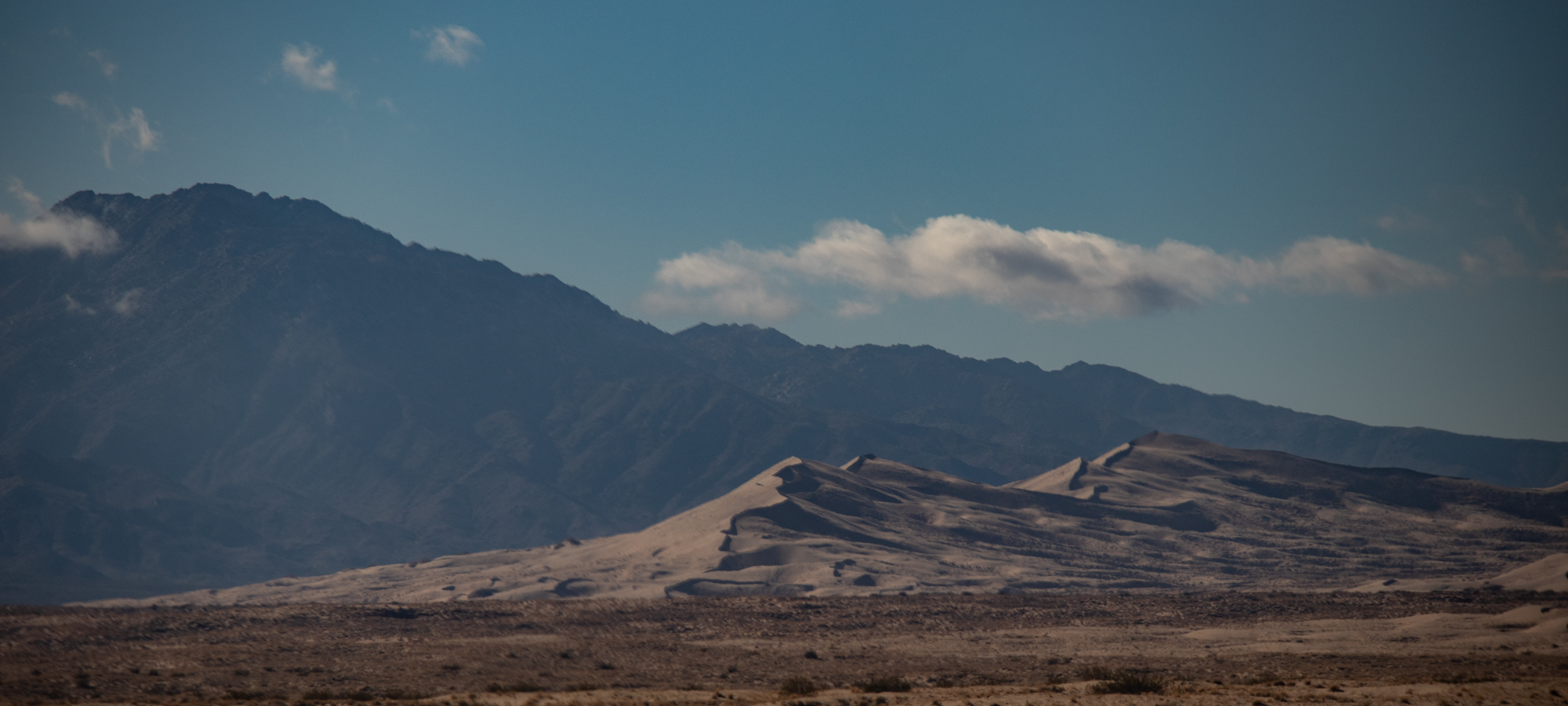Reconnected with the Tonopah and Tidewater Railroad bed and wrapped around the Silurian Hills to the south. Bunch of mines liter the mountains and would really like to spend some more time in the future and explore them.





Frank Riggs, born in November of 1845 in Michigan, may have come to the Silver Lake area as early as 1880. The Alta Silver Mine established by Riggs was incredibly rich. Invariably he made all of his shipments by express, which, in 1903, cost him $135 per ton. In the early 1890s, before the construction of the California Eastern, he brought his ore to Daggett and then shipped it by express. In 1914, it was reported that no ore less than $500 per ton was shipped. Some of the shipments were an incredible $4,000 per ton. Riggs jealously guarded his rich mine with a heavy massive door that gave his mine the resemblance of a safe deposit vault. Riggs, with occasional employees, worked the mine fairly consistently until April, 1914.
In April, 1914, Sarah Riggs, Frank's wife, died. Shortly after, in June, 1914, William Polland of the Riggs Mining Company leased the mine and almost immediately shipped seven sacks of ore by express and seven tons via the Tonopah and Tidewater Railroad. Before 1914, $100,000 worth of silver was said to have been taken from the Alta, and by 1920, another $100,000. In 1920, Christopher Baker of Silver Lake leased the mine, employing 4 men. The mine was reported idle in 1931, but in 1939 a 1,700 foot tunnel was driven to intersect the vein. Also at that time a 1,500-foot tram connected the upper workings with the ore bin near camp.
In 1943, three men were employed there. - Source Credit Desert Fever: An Overview of Mining History of the California Desert Conservation Area

The old mining cabin is still intact and in excellent condition. Probably the cleanest I've been to. You can tell it's been well respected and taken care of. If you come to this cabin, or any cabin, keep it clean! Don't tag/write on it, shoot at it, have risky unnecessary fires inside or outside and make sure it's out before you leave. Let's treat these places like our own home so we can all enjoy them for many years to come.
I battle a internal conflict every time I document my adventures, especially the cabins. Should post them and how much I should reveal about their location? Do I keep it a secret in the hopes that the least amount of people that know about them the better? Am I compromising it's future? I'm sure others that frequent it/upkeep it don't want the additional traffic and possible destruction. On the other hand, all the information is out there if you know how to find it. Not so much by documentation per se, but by the knowledge of how to use maps. So in reality, it's not
mine to keep. Nor anyone's really, unless it was on private property, which nearly all of them are not. Also, there are a lot of good people out there and possibly they could contribute in some way to keep it alive.
So I don't know. Like I said, it's a struggle. I feel like I divulge
just enough to give a general area, but not giving turn by turn directions or sharing GPS coordinates. Anyways, enough rambling.
 Rigg's Cabin
Rigg's Cabin


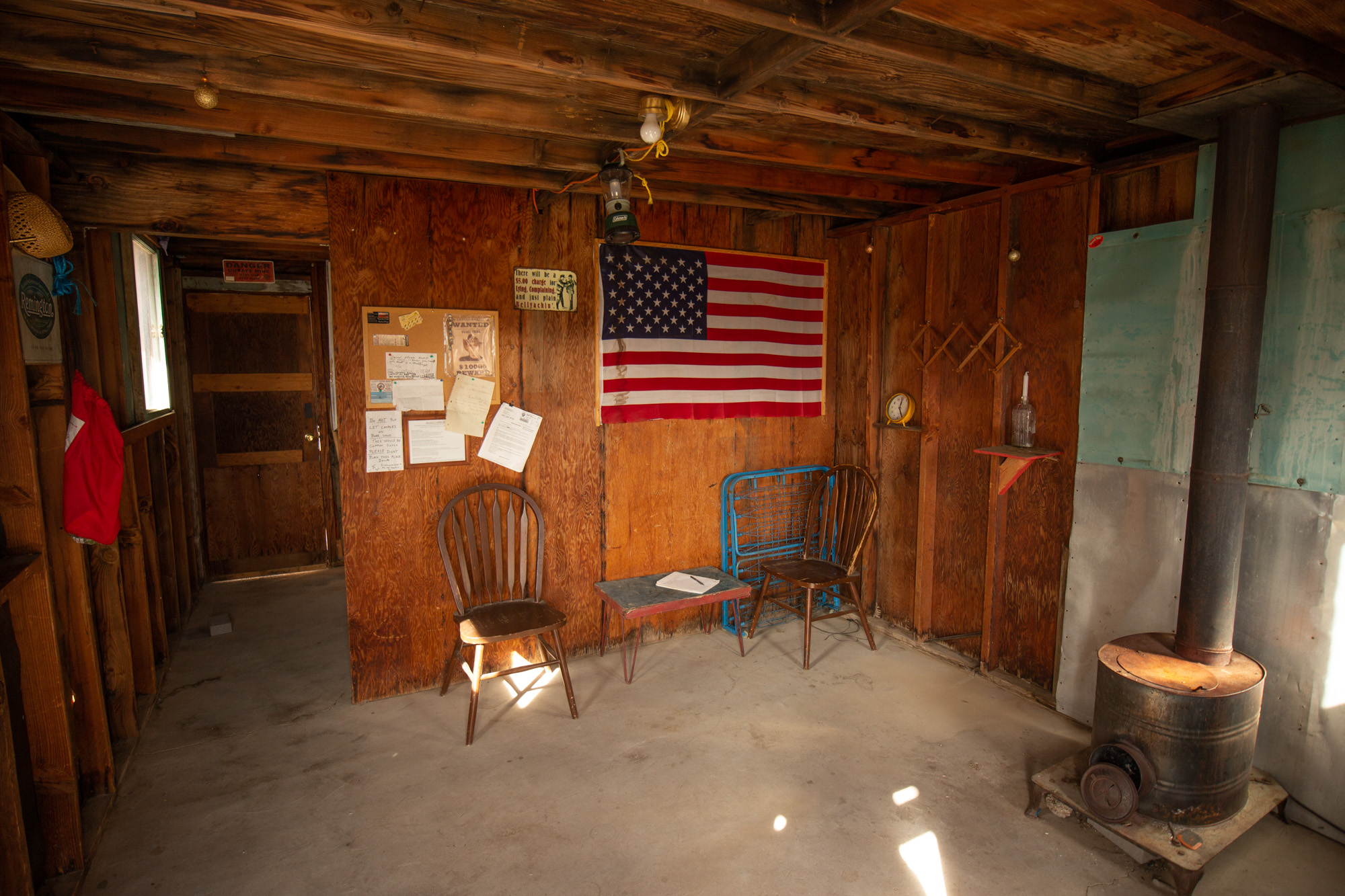

A bit further up is Jake's Cabin.


